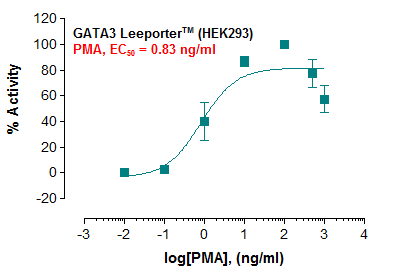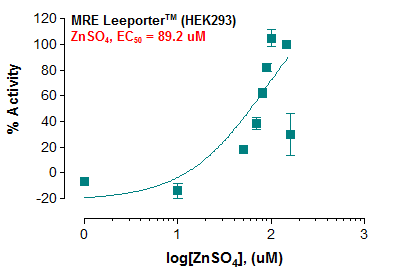Mouse FLT-3 / CD135 / FLK-2 Recombinant Protein (His Tag)(Discontinued)
Shipping Info:
For estimated delivery dates, please contact us at [email protected]
| Amount : | 50 µg |
| Purification : | > 75 % as determined by SDS-PAGE |
| Content : | Formulation Lyophilized from sterile PBS, pH 7.4. Normally 5 % - 8 % trehalose, mannitol and 0.01% Tween80 are added as protectants before lyophilization. |
| Storage condition : | Store it under sterile conditions at -20°C to -80°C. It is recommended that the protein be aliquoted for optimal storage. Avoid repeated freeze-thaw cycles. |
| AA sequence : | Met1-Ser544 |
| Alternative Name : | B230315G04 Protein, Mouse; CD135 Protein, Mouse; Flk-2 Protein, Mouse; Flk2 Protein, Mouse; Flt-3 Protein, Mouse; Ly72 Protein, Mouse; wmfl Protein, Mouse |
Source : HEK293 Cells
The cluster of differentiation (CD) system is commonly used as cell markers in immunophynotyping. Different kinds of cells in the immune system can be identified through the surface CD molecules which associating with the immune function of the cell. There are more than 32 CD unique clusters and subclusters have been identified. Some of the CD molecules serve as receptors or ligands important to the cell through initiating a signal cascade which then alter the behavior of the cell. Some CD proteins do not take part in cell signal process but have other functions such as cell adhesion. CD135, also known as FLT-3, FLK-2, is a member of the CD system. CD135 is an important cell surface marker recognized by specific sets of antibodies to identify the types of hematopoietic (blood) progenitors in the bone marrow and it function to differentiate hematopoietic stem cells, which are CD135 negative, from multipotent progenitors, which are CD135 positive. CD135 is a receptor tyrosine kinase typeIII for the cytokine Flt3 ligand and activat signaling through second messengers by binding to Flt3. Signaling through CD135 is important for lymphocyte development. The encoding gene CD135 is a proto-oncogene to which mutations happened will lead to cancer such as leukemia. Cancer Immunotherapy Immune Checkpoint Immunotherapy Targeted Therapy
The cluster of differentiation (CD) system is commonly used as cell markers in immunophynotyping. Different kinds of cells in the immune system can be identified through the surface CD molecules which associating with the immune function of the cell. There are more than 32 CD unique clusters and subclusters have been identified. Some of the CD molecules serve as receptors or ligands important to the cell through initiating a signal cascade which then alter the behavior of the cell. Some CD proteins do not take part in cell signal process but have other functions such as cell adhesion. CD135, also known as FLT-3, FLK-2, is a member of the CD system. CD135 is an important cell surface marker recognized by specific sets of antibodies to identify the types of hematopoietic (blood) progenitors in the bone marrow and it function to differentiate hematopoietic stem cells, which are CD135 negative, from multipotent progenitors, which are CD135 positive. CD135 is a receptor tyrosine kinase typeIII for the cytokine Flt3 ligand and activat signaling through second messengers by binding to Flt3. Signaling through CD135 is important for lymphocyte development. The encoding gene CD135 is a proto-oncogene to which mutations happened will lead to cancer such as leukemia. Cancer Immunotherapy Immune Checkpoint Immunotherapy Targeted Therapy
Endotoxin :< 1.0 EU per µg of the protein as determined by the LAL method
For Research Use Only. Not for use in diagnostic/therapeutics procedures.
|
There are currently no product reviews
|


















.png)








